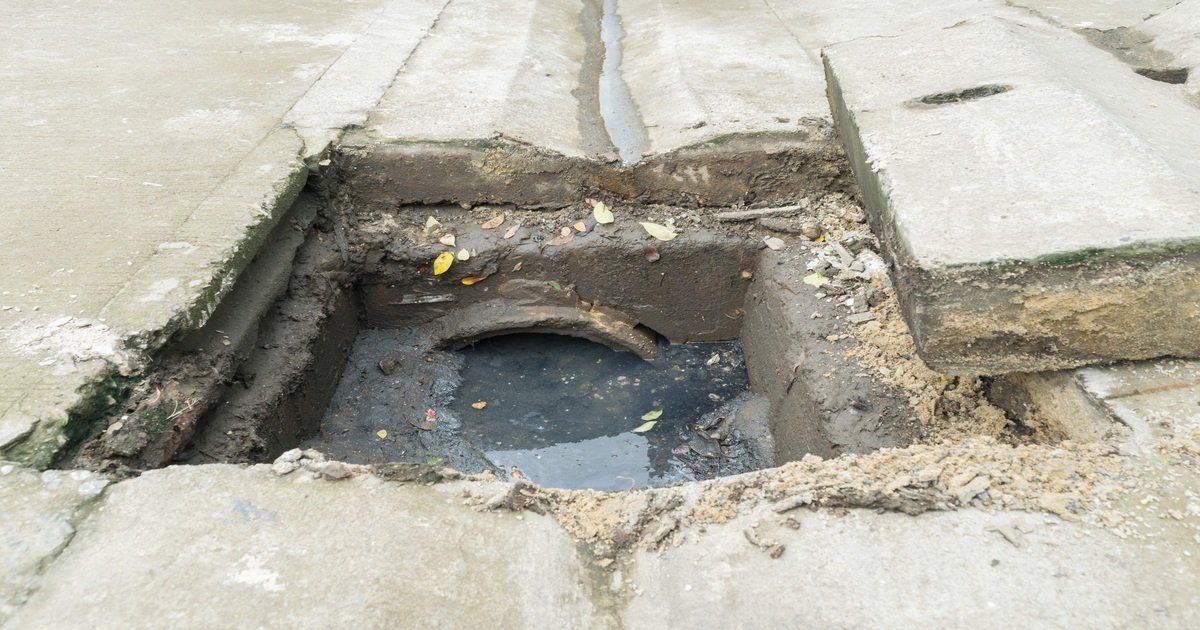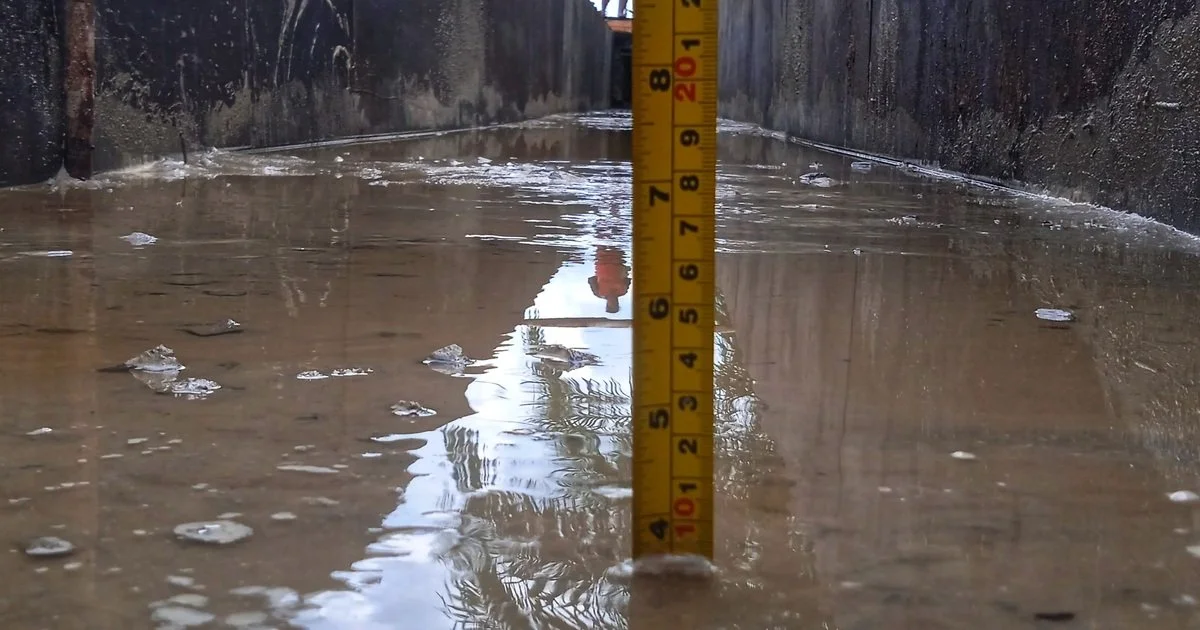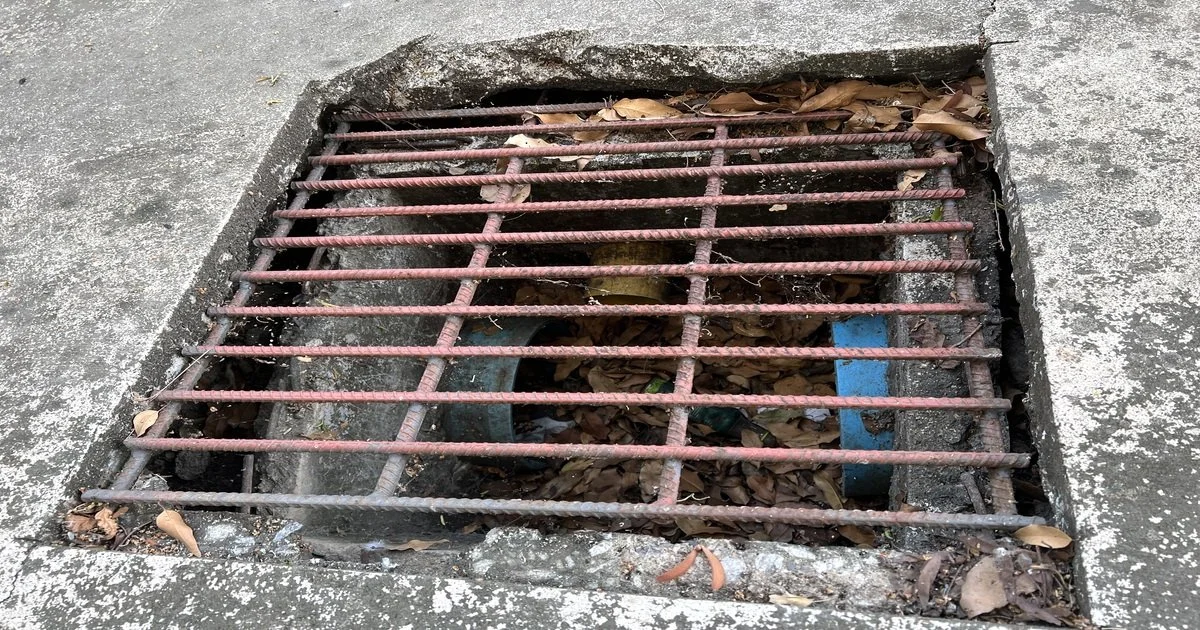Drainage System Assessment
A drainage system assessment is one of the most important evaluations for protecting a property from long-term structural damage, moisture intrusion, and soil instability. When a home’s drainage is functioning properly, water flows away from the foundation, landscaping, and outdoor surfaces, preserving both the structure and the surrounding environment. But when drainage fails—whether due to poor grading, clogged lines, or ineffective gutter systems—water can pool near the foundation, seep into walls, or erode soil, creating issues that often go unnoticed until damage becomes severe.
Many homeowners overlook drainage until symptoms appear, such as standing water, shifting soil, cracks in the foundation, or mildew in basements and crawl spaces. For buyers and sellers, a professional drainage assessment provides clarity about existing risks and helps prevent unpleasant surprises during the inspection process. Identifying drainage concerns early not only protects property value but also contributes to safer, more stable living conditions throughout the home’s lifespan.
Understanding What Drainage Assessors Examine
A professional drainage assessment begins with a comprehensive evaluation of how water moves across and around the property. Inspectors examine grading, soil levels, and slope direction to determine whether the landscape naturally channels water away from the foundation. They also review gutters, downspouts, French drains, sump pumps, yard drains, and surface channels to determine overall effectiveness. By analyzing how quickly water drains after rainfall, experts can identify areas where pooling, erosion, or runoff poses a risk.
Advanced tools such as moisture meters, elevation measurements, and camera-based line inspections may also be used to assess underground drainage components. These tools reveal hidden blockages, collapsed pipes, or damage caused by soil shifts, tree roots, or aging materials. Drainage specialists also examine structural elements such as retaining walls, driveways, and patios—areas that often alter natural water flow. The final assessment provides a detailed understanding of both surface-level and subsurface issues, along with tailored recommendations to correct them.
Why Drainage Evaluations Are Essential in Texas’ Climate
Texas experiences intense weather patterns, from heavy rainfall to extended dry periods, which can place significant strain on drainage systems. Soil composition—especially clay-rich soils—expands when wet and contracts when dry, contributing to foundation movement and drainage complications. When properties lack proper water management, these conditions can quickly lead to erosion, soil displacement, mold growth, standing water, or even foundation shifting.
Because these effects often develop gradually, many homeowners don’t recognize the extent of the damage until the symptoms become severe. A professional drainage assessment allows issues to be detected early, before costly repairs are required. For real estate transactions, this evaluation is especially valuable: buyers gain insight into future maintenance needs, while sellers can address drainage concerns in advance to avoid renegotiations or delayed closings. Given the region’s weather-related challenges, drainage analysis is a key factor in maintaining long-term structural stability and preventing water-related damage.
Common Problems Uncovered During Drainage Assessments
A frequent issue identified during drainage evaluations is poor grading, where soil slopes toward the home rather than away from it. This condition allows water to collect near the foundation, often leading to moisture intrusion or soil movement. Another common problem is malfunctioning gutters or downspouts—systems that are essential for directing rainwater safely away from the property. Clogged drains, broken underground pipes, or improperly installed French drains can also limit effective water flow.
Other issues include standing water in low spots, waterlogged landscaping beds, erosion around walkways or driveways, and overflow from rooflines that lack proper drainage channels. In some cases, older drainage systems no longer meet modern standards or have deteriorated over time. Detecting these problems early helps homeowners plan appropriate upgrades or repairs, reducing the risk of long-term water damage, indoor humidity problems, or safety hazards caused by unstable soil conditions.
Protect Your Home With Trusted Drainage Experts
If you need a comprehensive drainage system assessment, guidance on repair options, or help implementing long-term water management solutions, we work with trusted drainage and foundation specialists who deliver accurate evaluations and reliable service. Whether preparing a home for sale, addressing moisture concerns, or seeking preventative improvements, we can coordinate everything on your behalf. Reach out anytime—we’ll connect you with experienced professionals and ensure your property receives the thorough, expert care it deserves.



